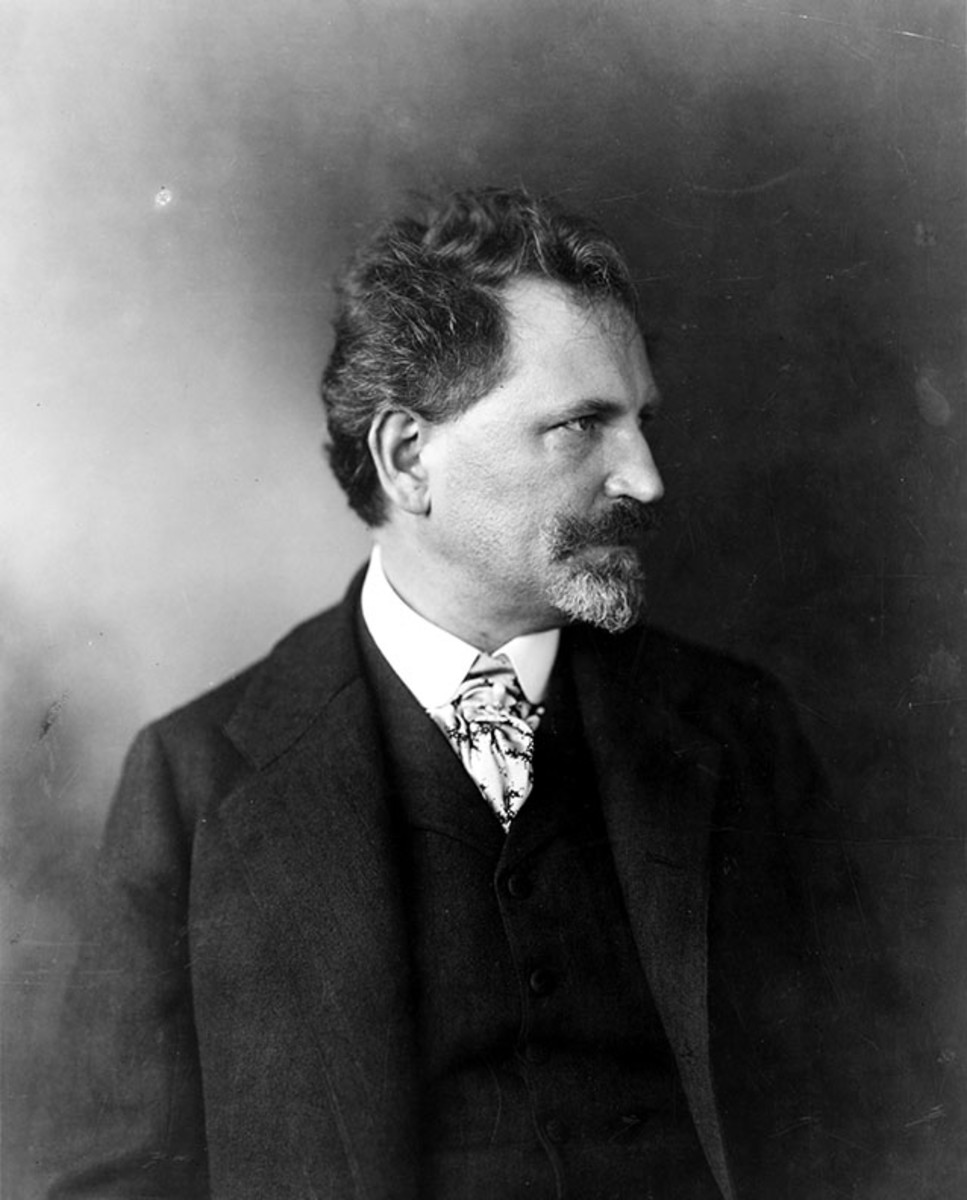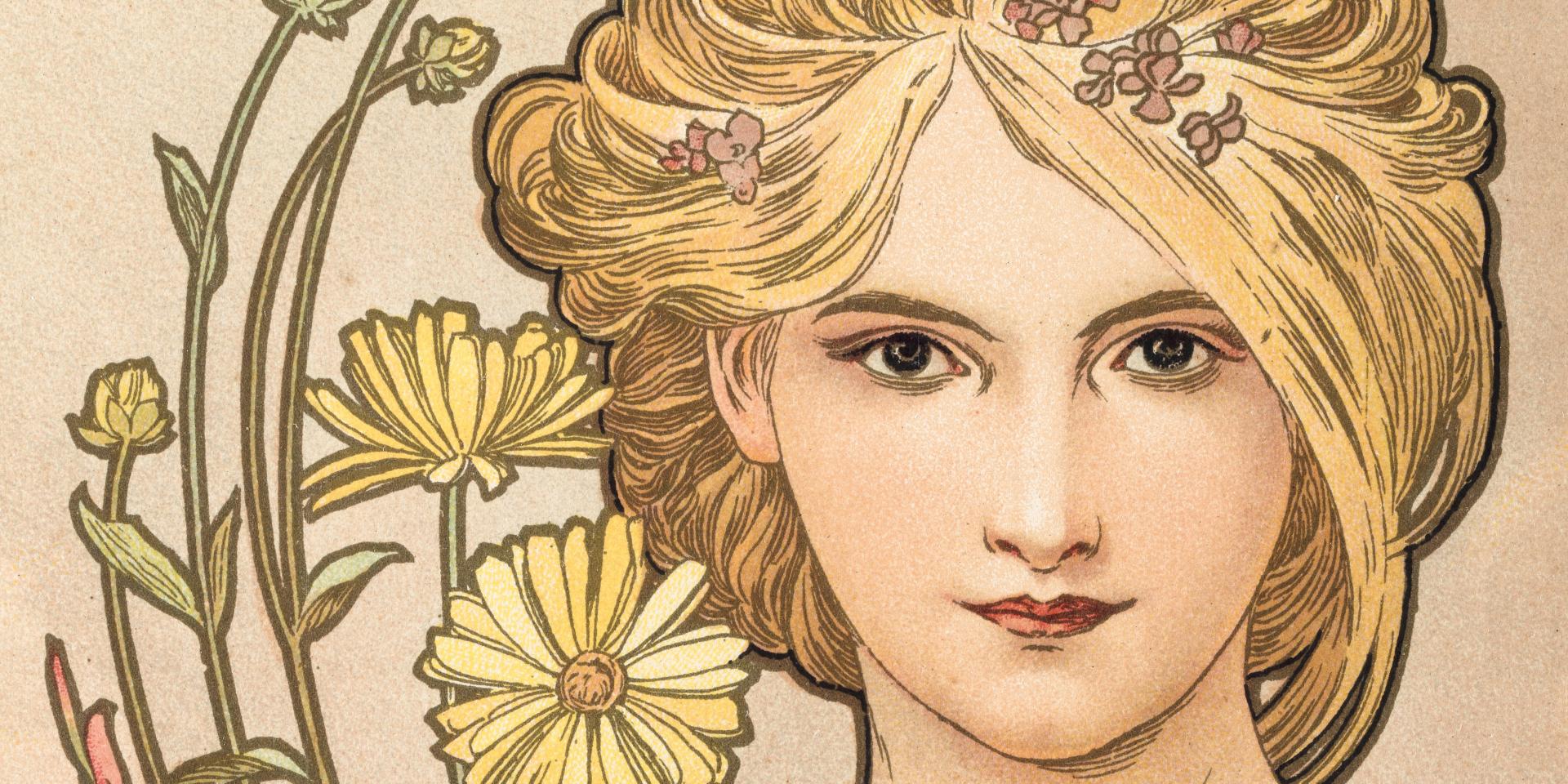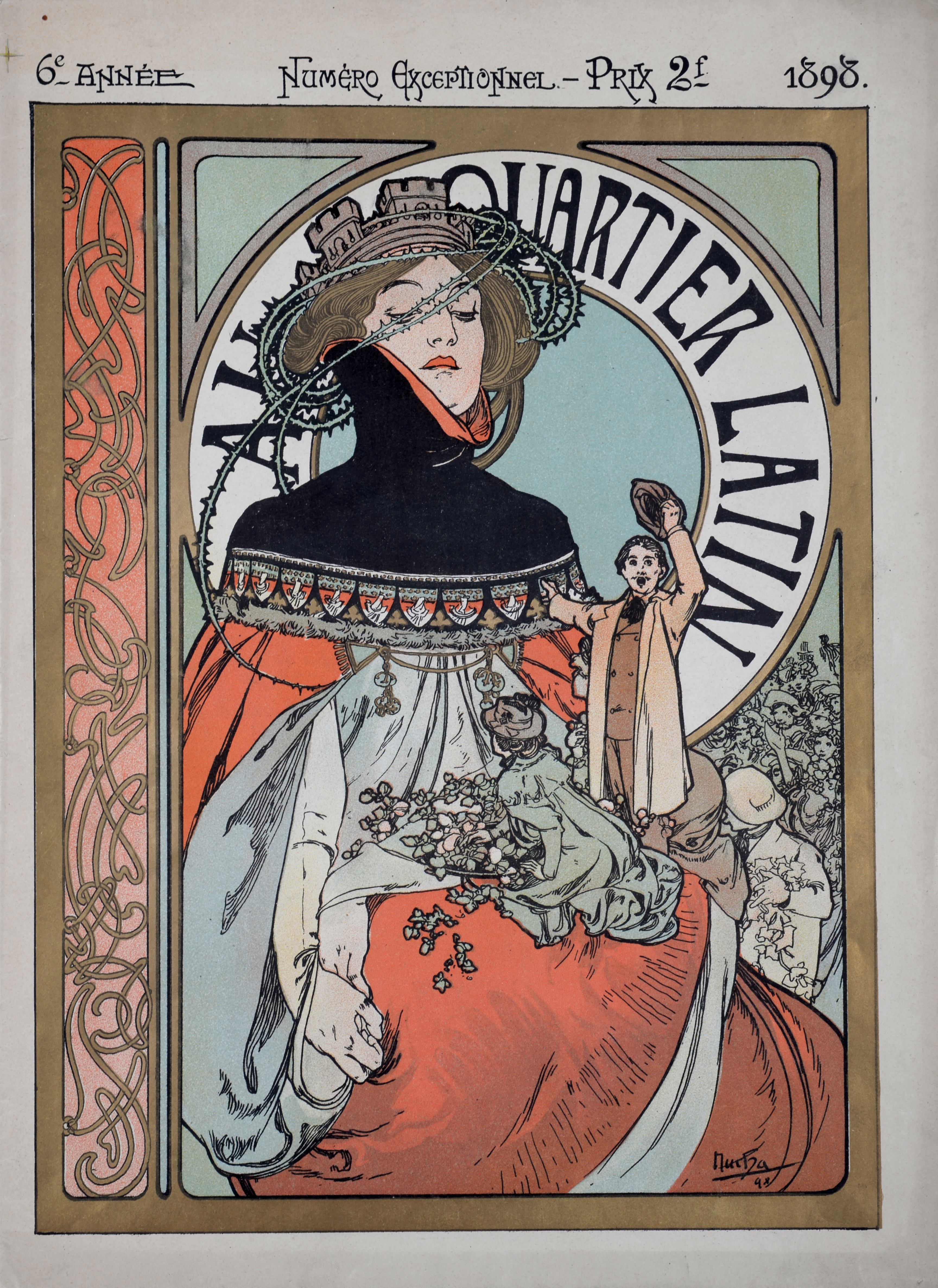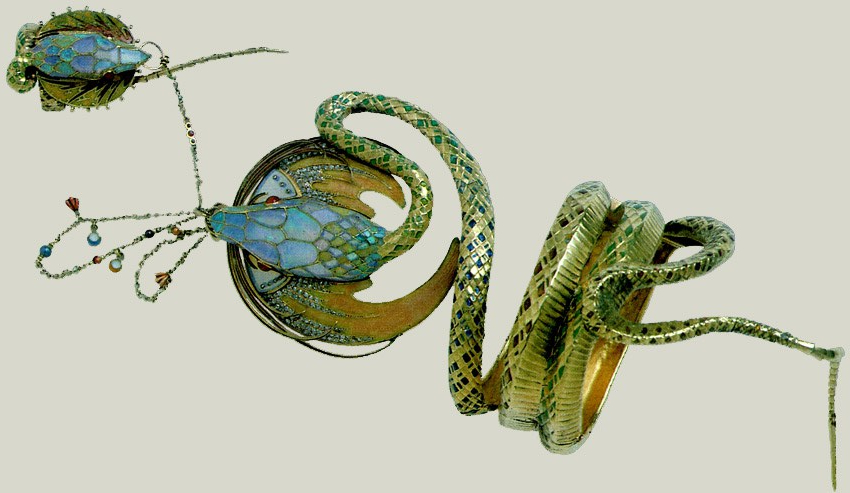
Have you ever heard of Alphonse Mucha and wondered what the secret of his unmistakable style is? In this post, I want to discover with you the life and works of Alphonse Mucha, an extraordinary artist who left an indelible mark on Art Nouveau.
Famous not only for his paintings, Mucha embraced an incredibly wide range of mediums, from lithographs and posters to jewellery and interior design. Every detail and every stroke of his work captures the essence of an era and reveals to us a universe of art of refinement and symbolism.
Life and works of Alphonse Mucha: genius of Art Nouveau

Alphonse Mucha, born in 1860 in Czechoslovakia, was destined for a life far removed from art.
At the age of 10, he joined the cathedral choir, but abandoned his musical studies in 1875 due to the change in his voice during adolescence. He found employment as a municipal official and attended drawing courses. Despite not being admitted to the Academy of Fine Arts in Prague, Mucha decided not to abandon his dream. He moved to Vienna and found work at a company specialising in theatre sets, where he also had the opportunity to attend evening drawing classes. However, when a devastating fire destroyed the theatre where he worked, Mucha found himself without work and was taken on as a portrait painter by Count Khuen-Belassi, who became his patron and introduced him to the world of travel and the arts.
THE PARISIAN PERIOD AND COLLABORATION WITH SARAH BERNHARDT
In 1888, Mucha moved to Paris, where his talent was finally recognised and he achieved great success. Here he specialised in illustrations for magazines and advertising posters and signed a six-year contract with the famous actress Sarah Bernhardt.
The decisive breakthrough came in 1894, when he was commissioned to create a poster for the play Gismonda, starring Sarah Bernhardt. Success was immediate: the poster became a phenomenon and Sarah Bernhardt was so impressed by it that she signed a six-year contract with the artist. The posters created for the actress were remarkable for their majestic stature, stylised silhouettes and incisive captions.

THE STYLE OF MUCHA
Mucha is famous for his fusion of various artistic styles and influences.
Art Nouveau, known in Italy as Art Nouveau, merges in his works with references to Pre-Raphaelite painting and Symbolism. This combination creates a visual enchantment, often made even more fascinating by the precise contours reminiscent of Japanese prints, which arrived in Paris in 1867.
Mucha also revolutionised the concept of advertising, turning posters into genuine works of art. Between 1895 and 1899, Mucha already had a well-established and recognisable style, especially in advertising and theatre posters.
THE SLAVE EPOS
Mucha’s deep desire was to represent history through his art, in particular the epic of Czechoslovakia. He devoted himself to the creation of an impressive cycle of twenty paintings, known as the Slavic Epos, to honour the history and aspirations of the Slavic peoples.
In 1928, when he moved permanently to Prague, he donated this collection to his hometown Ivančice in Moravia, and shortly afterwards, he designed a stained-glass window for the new cathedral chapel.
VERSATILITY AND ARTISTIC LEGACY OF MUCHA
Mucha did not only limit himself to painting and in fact his art also extended to sculpture and jewellery design. For example, he created a snake-shaped bracelet with a ring for Sarah Bernhardt, inspired by antiquity. His work ‘Nature’, a half-length sculpture covered in gold and silver, is a masterpiece of refinement.

Mucha died in 1939 in Prague, but his legacy continues to inspire today’s artists and creatives, showing us how art can transform and enrich our lives. Alphonse Mucha is not only an icon of Art Nouveau, but an eternal symbol of how art can be as versatile as it is profound.

